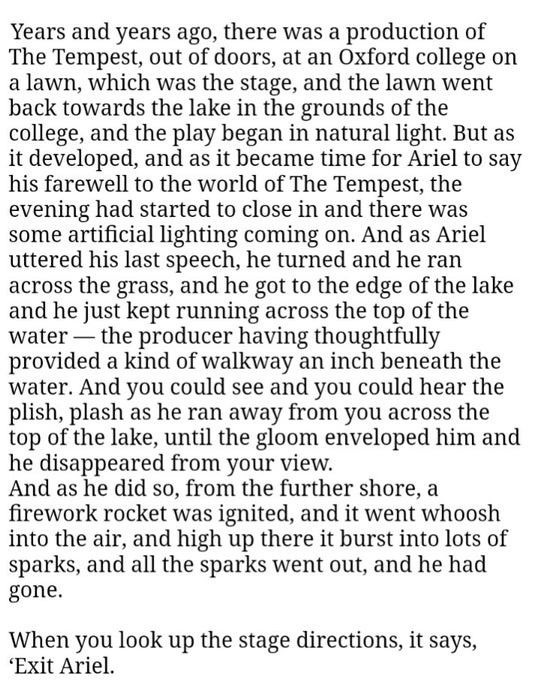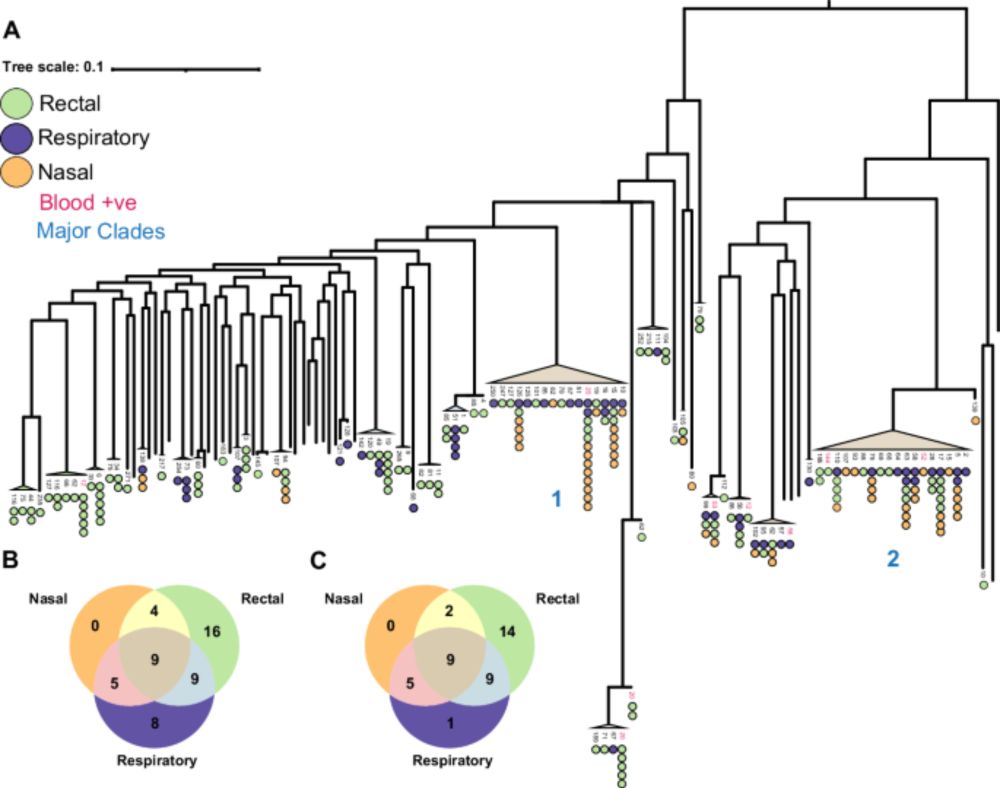


youtu.be/LgtufWmkdCk?...

youtu.be/LgtufWmkdCk?...
bylinetimes.com/2025/12/04/c...

bylinetimes.com/2025/12/04/c...
Project Details 🦠🧬🦅🦆🌎: tinyurl.com/2v4xaxmx.




1. I remember friends raving about Arcadia when it came out; have not see it, but will.
2. I can't really listen to much now, but I only discovered Queen when FM died, and I listed obsessively for a while.
1. I remember friends raving about Arcadia when it came out; have not see it, but will.
2. I can't really listen to much now, but I only discovered Queen when FM died, and I listed obsessively for a while.

Please read our detailed 𝗯𝗹𝗼𝗴 𝗽𝗼𝘀𝘁: quinlanlab.org/blogposts/be...
2/n
Please read our detailed 𝗯𝗹𝗼𝗴 𝗽𝗼𝘀𝘁: quinlanlab.org/blogposts/be...
2/n
1/n

www.cbsnews.com/news/teens-m...

www.cbsnews.com/news/teens-m...







We can't let him buy himself out of this. We need an investigation into Russian influence in our politics.
We can't let him buy himself out of this. We need an investigation into Russian influence in our politics.
We found that hospital patients were frequently colonised with P. aeruginosa and that the same clone was shared between the gut and the lung.
The phylogenies indicate that the clones moved from lung->gut
www.nature.com/articles/s41...

We found that hospital patients were frequently colonised with P. aeruginosa and that the same clone was shared between the gut and the lung.
The phylogenies indicate that the clones moved from lung->gut
www.nature.com/articles/s41...

